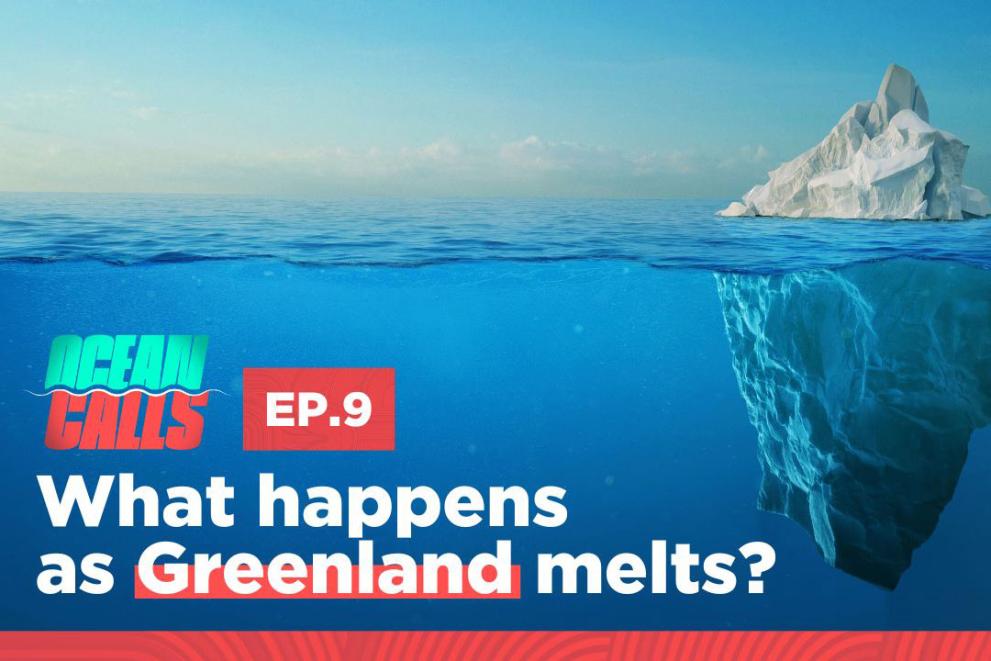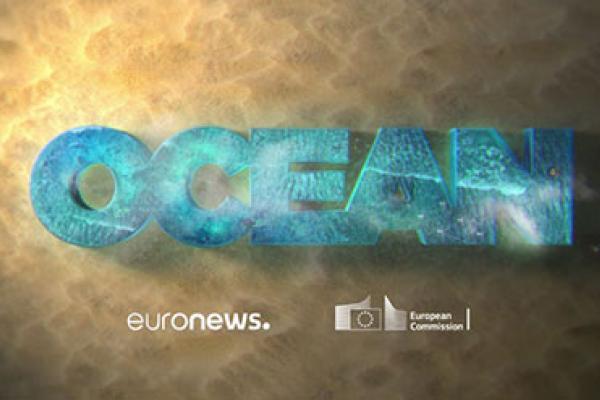The European Union (EU) is in the Arctic through three EU countries (Finland, Sweden and Denmark). Hundreds of thousands of people who live in the Arctic are EU citizens.
The EU recognises the importance of the Arctic in global climate regulation and is committed to ensuring that its activities in the region are carried out in a responsible manner that takes into consideration the unique challenges and opportunities presented by the Arctic environment.
Climate change is a big problem for the Arctic. The EU is working on solutions through its climate law and the “Fit for 55” package to help protect the region. The European Green Deal, as it is implemented, contributes to reducing carbon emissions that affect the Arctic.
Objectives
Some key objectives of the EU Arctic Policy include:
- Climate action: The EU is committed to reducing greenhouse gas emissions and promoting renewable energy sources in the Arctic to combat climate change and preserve Arctic ecosystems.
- Sustainable development: The EU aims to support the economic development of Arctic communities while ensuring that it is done in a sustainable and environmentally responsible manner.
- Environmental protection: The EU is dedicated to protecting Arctic ecosystems and biodiversity by promoting conservation efforts, sustainable fisheries management, and pollution prevention measures.
- International cooperation: The EU actively engages with Arctic stakeholders, including municipalities and regions, local communities and indigenous peoples, Arctic states, or the Arctic Council, to promote dialogue, foster collaboration, and address common challenges in the region.
Overall, the EU Arctic Policy is forward-thinking aiming to balance sustainable economic development with environmental protection and social responsibility in the Arctic. By working together with Arctic stakeholders, the EU is committed to ensuring a sustainable future for the Arctic and its inhabitants.
Actions
2021 Joint communication: A stronger EU engagement for a peaceful, sustainable and prosperous Arctic
The 2021 Joint Communication builds on and updates the Joint Communications of 2016 and 2012, and the Communication of 2008.
Engagement with Arctic stakeholders
The European Commission organises high-level events on the Arctic, including the EU Arctic Forum and the Arctic Indigenous Peoples’ Dialogue. The European Commission is also expanding these events to the EU-Arctic Youth Dialogues. The EU also actively takes part in the work of the Arctic Council and its working groups, and in the Barents Euro-Arctic Cooperation (BEAC); it participates in major international Arctic events, and regularly discusses areas of common concern in the Arctic in its dialogues with international partners. The stakeholder consultation process organised in 2020 also provided useful input into the new joint communication.
Agreement to prevent unregulated high seas fisheries in the central Arctic Ocean
In 2018, the EU and nine countries (Canada, China, Denmark (in respect of the Faroe Islands and Greenland), Iceland, Japan, South Korea, Norway, Russia, and the United States), agreed to stop unregulated fishing in the high seas of the central Arctic Ocean to protect marine life. This agreement entered into force in 2021. The goal is to ensure the ocean's health and sustainability by managing fish stocks carefully.
Next steps
The EU is taking steps to carry out the actions outlined in the joint communication.
The EU will keep strengthening its involvement in the Arctic area by working closely with various stakeholders from different levels, including local, regional, national, and pan-Arctic groups, such as in events like the EU Arctic Forum, the Indigenous Peoples’ Dialogue and the EU-Arctic Youth Dialogues.
Documents
2021 Joint communication: A stronger EU engagement for a peaceful, sustainable and prosperous Arctic
2016 Joint communication: An integrated European Union policy for the Arctic
Agreement to prevent unregulated high seas fisheries in the central Arctic Ocean
Council conclusions on the Arctic 2016
Summary of the public consultation on the way forward for the European Union’s Arctic policy
Media

OCEAN CALLS Podcast: What happens if Greenland melts?
Greenland is changing before our eyes, with the rapidly-melting ice meaning tuna and dolphin are populating its waters and new weather patterns are spreading along its coasts.
Listen to Ocean Calls on Euronews website
Euronews Ocean: Polar opposite: how climate change is altering the Arctic?
The Arctic is warming faster than any other place on the planet, while its wildlife is being slowly poisoned by industrial toxins. Ocean travels to the Norwegian archipelago of Svalbard to meet the scientists studying the environmental change taking place in the region.
Euronews Ocean: Protecting life in the Arctic seas
Climate change is making Arctic waters more accessible to vessels, raising the controversial prospect of more industrial-scale fishing. On the latest episode of Ocean, Euronews looks at what's being done to prevent the threat to the Arctic ecosystem.
Euronews Ocean: Mapping the Arctic sea life
"If you start fishing, you can destroy the ecosystem, or the balance of the organisms." This MOSAiC expedition scientist is mapping the hidden Arctic sea life…
An integrated European Union Policy for the Arctic
The European Union is stepping up its existing action and engagement in the Arctic region. Be it a frontier or a gateway to Europe, the Arctic is a region of vast importance not only to the 4 million people living there, but also to the European Union and to the rest of the world. The region has a significant impact on our oceans, ecosystems and biodiversity, and has huge potential for research, development, and for international cooperation.



